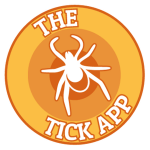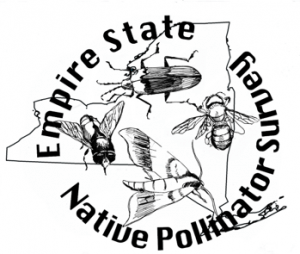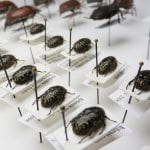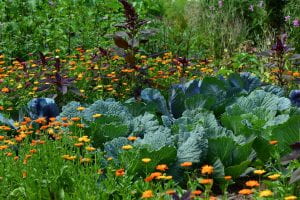Looking for an online gardening class?
Check out these classes being offered by Cornell Cooperative Extensions around the state.
Click on the topic to see what classes are being offered.
Container Gardening
 Growing Edibles in Containers
Growing Edibles in Containers
Monday, April 27, 2020
4:00 PM – 5:30 PM
Cornell Cooperative Extension
Broome County
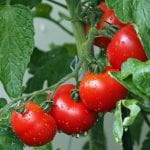 Crops in Pots – Growing Vegetables in Containers
Crops in Pots – Growing Vegetables in Containers
Monday, April 27, 2020
4:00 PM – 5:30 PM
Cornell Cooperative Extension
Rockland County
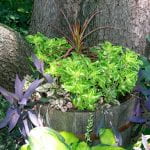 Creative Container Gardening
Creative Container Gardening
Wednesday, May 27, 2020
6:00 PM – 8:00 PM
Cornell Cooperative Extension
Tompkins County
Composting Classes
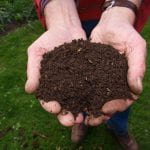 Magic Compost
Magic Compost
Tuesday, April 28, 2020
10:00 AM – 11:00 AM
Cornell Cooperative Extension
Suffolk County
 Composting Basics
Composting Basics
Wednesday, April 29, 2020
7:00 PM – 8:00 PM
Cornell Cooperative Extension
Oneida County
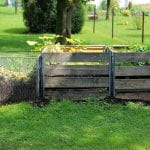 Composting
Composting
Friday, May 8, 2020
12:00 PM – 12:45 PM
Cornell Cooperative Extension
Schenectady County
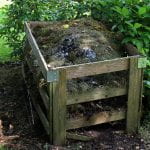 Home Composting
Home Composting
Monday, May 11, 2020
1:00 PM – 2:00 PM
Cornell Cooperative Extension
Jefferson County
Cut Flowers
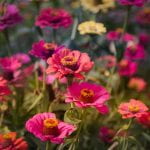 Growing Cut Flowers
Growing Cut Flowers
Wednesday, April 29, 2020
6:00 PM – 8:00 PM
Cornell Cooperative Extension
Tompkins County
Edible Landscaping
 Edible Landscaping
Edible Landscaping
Monday, May 4, 2020
1:00 PM – 2:00 PM
Cornell Cooperative Extension
Jefferson County
Fruit
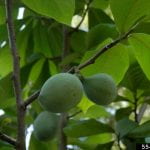 Growing Unusual Fruits
Growing Unusual Fruits
Wednesday, May 20, 2020
6:00 PM – 8:00 PM
Cornell Cooperative Extension
Tompkins County
Native Plants
 Native Plants
Native Plants
Wednesday, April 29, 2020
4:00 PM – 5:30 PM
Cornell Cooperative Extension
Rockland County
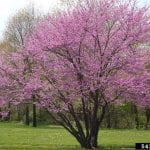 Using Native Plants in the Landscape
Using Native Plants in the Landscape
Tuesday, May 5, 2020
8:30 AM – 12:30 PM
Cornell Cooperative Extension
Nassau County
No-Till Gardening
 No-Till Gardening Techniques
No-Till Gardening Techniques
Wednesday, May 6, 2020
6:00 PM – 8:00 PM
Cornell Cooperative Extension
Tompkins County
Pest Management
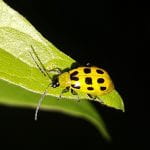 Garden Pest and Disease Management
Garden Pest and Disease Management
Tuesday, April 28, 2020
5:00 PM – 6:00 PM
Cornell Cooperative Extension
Lewis County
Pollinators
 Attracting Pollinators to Your Garden
Attracting Pollinators to Your Garden
Tuesday, April 28, 2020
6:00 PM – 7:00 PM
Cornell Cooperative Extension
Schenectady County
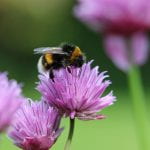 Plant a Pollinator Paradise
Plant a Pollinator Paradise
Saturdays, May 2 & 9, 2020
9:30 AM – 11:00 AM
Cornell Cooperative Extension
Putnam County
 Pollinator Gardens
Pollinator Gardens
Monday, May 18, 2020
1:00 PM – 2:00 PM
Cornell Cooperative Extension
Jefferson County
Pruning
 Pruning Shrubs
Pruning Shrubs
Monday, April 27, 2020
6:30 PM – 7:30 PM
Cornell Cooperative Extension
Tompkins County
Soil
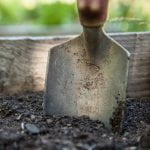 All the Dirt on Soil
All the Dirt on Soil
Wednesday, May 6, 2020
2:00 PM – 3:00 PM
Cornell Cooperative Extension
Chemung County
 No-Till Gardening Techniques
No-Till Gardening Techniques
Wednesday, May 6, 2020
6:00 PM – 8:00 PM
Cornell Cooperative Extension
Tompkins County
Ticks
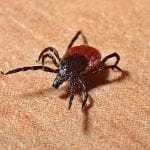 Don’t Get Ticked NY
Don’t Get Ticked NY
Tuesday, May 5, 2020
6:00 PM – 7:30 PM
Cornell Cooperative Extension
Schenectady County
Vegetable Gardening Classes
 Growing Edibles in Containers
Growing Edibles in Containers
Monday, April 27, 2020
4:00 PM – 5:30 PM
Cornell Cooperative Extension
Broome County
 Crops in Pots – Growing Vegetables in Containers
Crops in Pots – Growing Vegetables in Containers
Monday, April 27, 2020
4:00 PM – 5:30 PM
Cornell Cooperative Extension
Rockland County
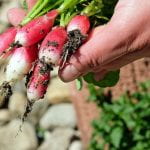 Three Steps to a Successful Vegetable Garden
Three Steps to a Successful Vegetable Garden
Wednesday, April 29, 2020
2:00 PM – 2:30 PM
Cornell Cooperative Extension
Chemung County
 Vegetable Gardening
Vegetable Gardening
Friday, May 1, 2020
12:00 PM – 1:00 PM
Cornell Cooperative Extension
Schenectady County
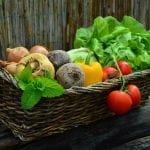 Vegetable Gardening 101
Vegetable Gardening 101
Saturday, May 2, 2020
10:00 AM – 12:30 PM
Cornell Cooperative Extension
Tompkins County
 No-Till Gardening Techniques
No-Till Gardening Techniques
Wednesday, May 6, 2020
6:00 PM – 8:00 PM
Cornell Cooperative Extension
Tompkins County
 Growing Vegetables and Small Fruits
Growing Vegetables and Small Fruits
Wednesday, May 6, 2020
7:00 PM – 8:00 PM
Cornell Cooperative Extension
Oneida County
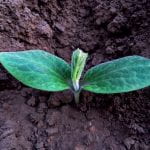 Planting a Vegetable Garden
Planting a Vegetable Garden
Monday, May 11, 2020
2:00 PM – 3:00 PM
Cornell Cooperative Extension
Chemung County
Wildlife Management
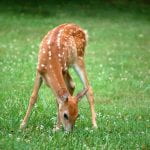 Wildlife Management
Wildlife Management
Thursday, April 30, 2020
4:00 PM – 5:30 PM
Cornell Cooperative Extension
Rockland County

















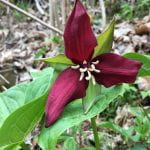
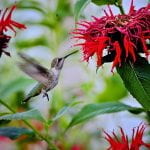

 i-Naturalist
i-Naturalist
